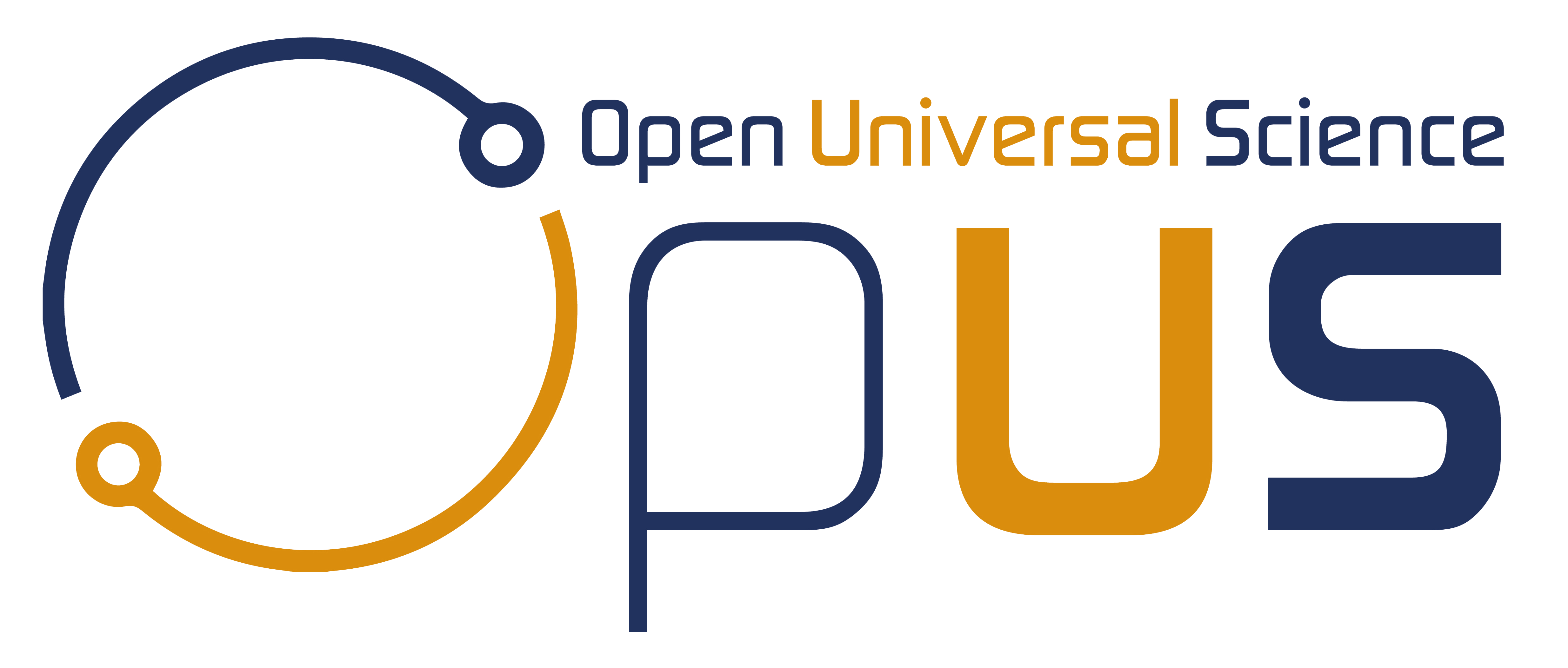
Open Access: The Price of diamond
Open Access: The Price of diamond https://opusproject.eu/wp-content/uploads/2024/06/gold_diamond_feature.jpg 900 540 Open and Universal Science (OPUS) Project Open and Universal Science (OPUS) Project https://opusproject.eu/wp-content/uploads/2024/06/gold_diamond_feature.jpgIn May 2023, EU research ministers strongly criticized the current state of academic publishing, highlighting the unsustainable costs for public research funders and institutions responsible for spending public funds. These rising costs are reducing the funds available for actual research, according to a joint statement released by the Council of the EU.
This statement added political weight to an ongoing movement within the academic community to reclaim control over scholarly publishing from for-profit publishers, advocating for non-profit journals and platforms. Although there has been a shift toward open-access publishing in recent years—allowing taxpayer-funded research to be freely available—this model has often shifted the financial burden from readers to authors.
The prevalent ‘gold’ model of open access, where for-profit publishers charge substantial article-processing fees, has led to growing dissatisfaction among institutions, researchers, and academic groups. This dissatisfaction is fueling a push for the ‘diamond’ open access model, where neither authors nor readers are charged fees.
The diamond model is seen as a more equitable and desirable approach by many in the research community. However, it raises questions about funding and coordination. Who will bear the costs for diamond open access? Will it be cheaper than the gold model, and if not, is it still worth pursuing?
A New Approach
The push for diamond open access is particularly strong in Europe. The Council of the EU has called for national governments and the European Commission to increase support for non-profit open-access publishing. However, for this shift to happen, research funders need to back diamond open access with both financial and political support.
Pierre Mounier, a coordinator at Operas—a European research infrastructure for the social sciences and humanities—emphasizes the need for funding agencies to support diamond open access. He argues that diamond open access promotes equity and scientific integrity by ensuring research is published based on its merit rather than the financial resources of its authors.
Mounier believes there is political will from the European Commission, universities, and the academic community to advance the diamond model. However, it is crucial that funders participate in financing it. Unlike the gold model, which typically funds publication costs directly, diamond open access requires broader financial support for journals and platforms, possibly through grants or multi-year agreements.
Currently, the funding model for diamond open access heavily relies on in-kind contributions and shared public infrastructures. However, many research funders’ programs are structured to support article-processing charges, not the broader financial support diamond open access requires.
Some organizations, like the European Commission, the Bill and Melinda Gates Foundation, and the Wellcome Trust, have created their own non-profit platforms to publish funded research, but these represent only a small part of the diamond open-access landscape. Other initiatives, such as the French National Research Agency’s €250,000 allocation to establish a European capacity hub for diamond open access in 2024, are also contributing to this effort.
The Diamas project, a €3 million EU-funded initiative involving 23 organizations, aims to map the landscape of diamond open-access publishing in Europe over three years. This project seeks to coordinate diamond open-access journals, which are often small and independent, to pool resources and gain recognition and funding.
Economies of Scale
The increasing support for diamond open access stems from concerns over the costs of for-profit publishing. However, whether diamond open access will be cheaper is not clear-cut. Rob Johnson, an independent research consultant and open-access expert, suggests that diamond open access might only be cost-effective at very small or very large scales. As journals scale up, their overhead costs, including marketing, increase—an area where traditional publishers benefit from economies of scale.
While major traditional publishers are resistant to change, they could still play a role in non-profit publishing by providing necessary services. However, scaling up diamond open access remains a challenge. Despite its success in Latin America, there are significant institutional and cultural differences between the global north and south that must be addressed.
Sustainability Over Cost
For some, the focus is less on whether diamond open access is cheaper and more on its long-term sustainability. Vinciane Gaillard, deputy director for research and innovation at the European University Association, argues that diamond open access is a more sustainable and community-led approach to publishing. Although the full costs of diamond open access are not yet known, there are plans to investigate this further.
Gaillard points out that taxpayers may ultimately fund diamond open access if public research institutions and funders choose to support non-profit scholarly communication instead of commercial publishers. Both Johnson and the European University Association agree that while diamond open access will not replace commercial publishing in the short term, it needs more funding and prestige to be widely adopted.
The idea behind diamond open access is to place the academic community at the center of scholarly communications, rather than commercial entities. Achieving this goal requires more than strong political statements—it demands a significant cultural shift and financial commitment from all stakeholders.
Prestige Problem
One challenge non-profit open-access journals face is the perception of prestige. Commercial publishers’ big-name journals still hold significant influence in the academic community. Rob Johnson believes that diamond open-access journals need more prestige and a larger marketing budget.
Pierre Mounier, involved in the Diamas project, notes that while diamond journals often lack marketing resources, they maintain rigorous scientific and editorial standards. This quality is not always recognized by funding and administrative bodies.
Federica Garbuglia from the European University Association highlights a common misconception among funders that diamond journals are less trustworthy than traditional pay-to-publish journals. She emphasizes that diamond journals undergo the same rigorous processes and meet high-quality standards, but greater awareness of this is needed within the academic community.
Image: Grace Gay for Research Professional News
- Posted In:
- Open Science News




